10 DIY Accent Wall Ideas for Your Home
10 DIY Accent Wall Ideas for Your Home

Whether you're looking to add a pop of color, create a focal point, or simply update your space, an accent wall is a great way to do it. And the best part is that you can easily DIY an accent wall without breaking the bank.
In this blog post, we'll share 10 DIY accent wall ideas that will help you transform your home.
1. Paint an accent wall in a bold color

A bold wall color is a great way to add personality to your space. If you're feeling adventurous, choose a bright or saturated color. If you're looking for something more subtle, opt for a dark or muted hue.
To create a successful accent wall, make sure to choose a color that complements the rest of your decor. You can also use a contrasting color to create a more dramatic effect.
Here are a few tips for painting an accent wall:

- Use a high-quality paint that will withstand everyday wear and tear.
- Apply two coats of paint for even coverage.
- Use painter's tape to create a clean edge between the accent wall and the rest of the room.
- Let the paint dry completely before moving furniture back into place.
2. Add wallpaper to an accent wall
Wallpaper is a great way to add a touch of personality and style to your home. You can choose from a variety of different styles of wallpaper, including floral, geometric, and abstract.
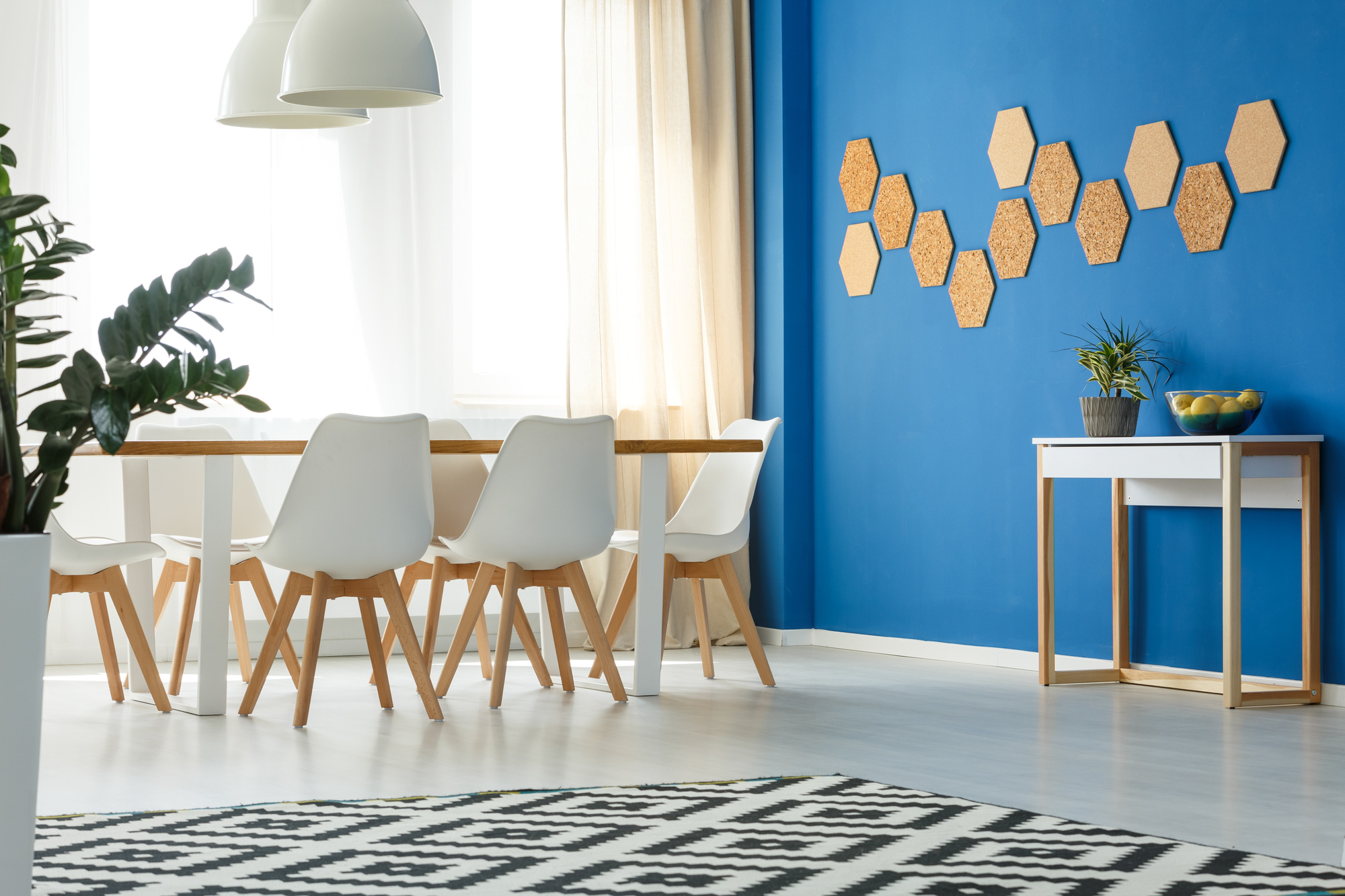
When choosing wallpaper for an accent wall, keep the following in mind:
- The size of the room. A small room can be overwhelmed by a busy or large-scale wallpaper pattern.
- The existing decor. Choose a wallpaper that complements the rest of your furniture and accessories.
- The amount of light in the room. A light-colored wallpaper will brighten up a dark room, while a dark-colored wallpaper will add drama to a bright room.
Here are a few tips for applying wallpaper:

- Use a level to make sure the wallpaper is straight.
- Apply a small amount of wallpaper paste to the back of the paper and smooth it out with a wallpaper brush.
- Start in the center of the wall and work your way out.
- Use a seam roller to press the wallpaper into place.
- Remove any excess wallpaper paste with a damp cloth.
3. Cover an accent wall with wood paneling
Wood paneling is a classic way to add warmth and texture to a room. You can choose from a variety of different types of wood paneling, including planks, wainscoting, and shiplap.

When choosing wood paneling for an accent wall, keep the following in mind:
- The size of the room. A small room can be overwhelmed by large planks of wood.
- The existing decor. Choose a wood that complements the rest of your furniture and accessories.
- The amount of light in the room. A light-colored wood will brighten up a dark room, while a dark-colored wood will add drama to a bright room.
Here are a few tips for installing wood paneling:

- Use a level to make sure the paneling is straight.
- Pre-drill holes for the nails or screws.
- Use a nail gun or a screwdriver to attach the paneling to the wall.
- Fill any gaps between the panels with caulk.
4. Install a brick accent wall
Brick is a timeless material that can add warmth and character to any space. You can install a brick accent wall in any room of your home, but it's especially popular in kitchens and living rooms.


When choosing brick for an accent wall, keep the following in mind:
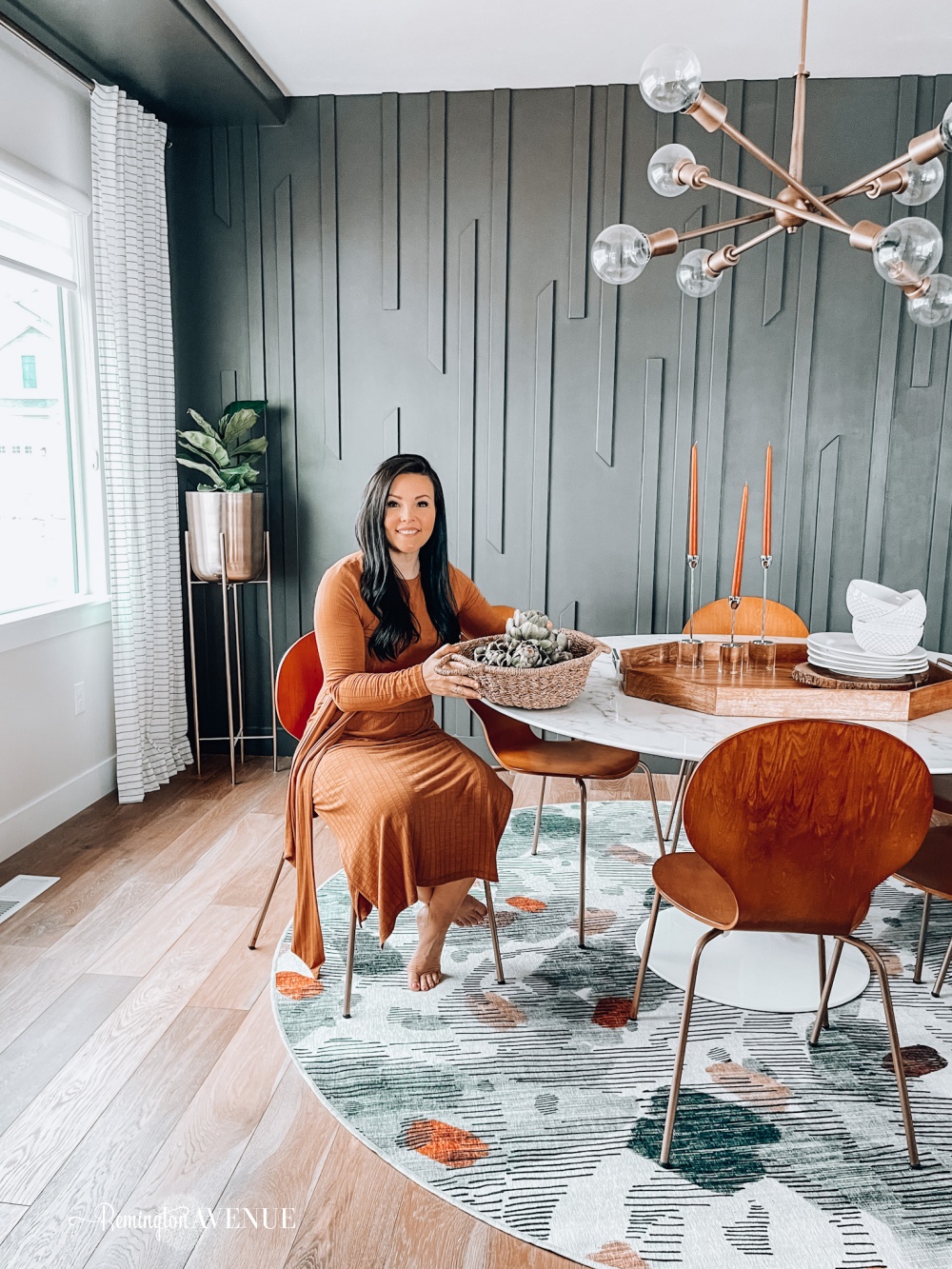
- The size of the room. A small room can be overwhelmed by a large brick wall.
- The existing decor. Choose a brick that complements the rest of your furniture and accessories.
- The amount of light in the room. A light-colored brick will brighten up a dark room, while a dark-colored brick will add drama to a bright room.
Here are a few tips for installing a brick accent wall:


- Use a level to make sure the bricks are straight.
- Use a mortar mix that is designed for interior use.
- Allow the mortar to dry completely before moving furniture back into place.
5. Install a tile accent wall
Tile is a versatile material that can be used to create a variety of different looks, from classic to modern. You can choose from a variety of different types of tiles, including ceramic, porcelain, and stone.
:max_bytes(150000):strip_icc()/ourperfectingmanor_84340051_193633578412444_4487529391133353813_n-31ed16db263c41428593a91336a4fb2f.jpg)

When choosing
5 DIY Accent Wall Designs to Transform Your Space
Are you looking for a way to add personality and style to your home? An accent wall is a great way to do just that! With a little creativity and some DIY skills, you can easily create an accent wall that will make your space more inviting and stylish.

In this article, we will share five DIY accent wall designs that are perfect for beginners. We'll provide step-by-step instructions so that you can easily create your own unique and stylish accent wall.
1. Gallery Wall
A gallery wall is a great way to display your favorite photos, art, and other mementos. To create a gallery wall, you'll need a collection of images or objects that you want to display, as well as some nails or hooks to hang them on. You can arrange the images and objects in any way you like, but a popular option is to create a grid or a chevron pattern.

To get started, measure the wall where you want to hang your gallery wall and decide how many images or objects you want to display. Then, mark the spots where you'll be hanging the nails or hooks. Once you've marked the spots, you can start hanging your images and objects.
Here are a few tips for creating a successful gallery wall:
- Choose images and objects that have a similar color scheme or theme. This will help to create a cohesive look.
- Mix and match different sizes and shapes of images and objects. This will add visual interest to your gallery wall.
- Don't be afraid to experiment with different arrangements. You may need to try a few different layouts before you find one that you like.
2. Stenciled Wall
A stenciled wall is a great way to add a touch of personality and style to your space. To create a stenciled wall, you'll need a stencil, paint, and a brush. You can choose any type of stencil you like, but a popular option is to use a geometric or floral design.

To get started, choose a wall in your home that you want to stencil. Then, apply painter's tape to the edges of the wall to protect the surrounding area from paint. Once the tape is in place, you can start painting the stencil.


Here are a few tips for creating a successful stenciled wall:
- Choose a stencil that is the right size for your wall. A large stencil will make a big impact, while a small stencil can be used to create a more subtle look.
- Use a light-colored paint for the background and a dark-colored paint for the stencil. This will help the stencil to stand out.
- Be careful not to over-apply paint to the stencil. This can cause the paint to bleed under the stencil and create a messy look.
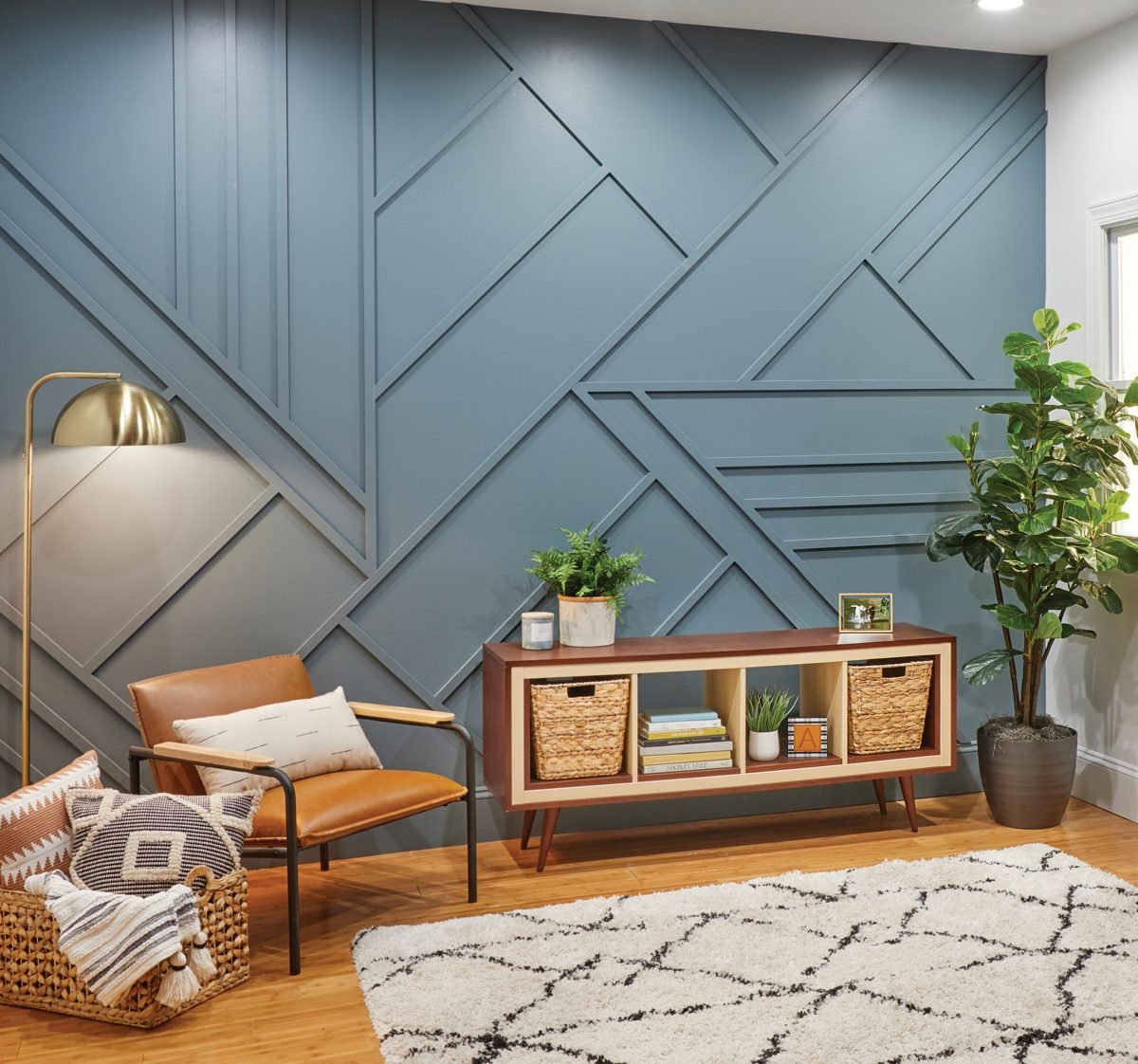
3. Bamboo Wall
:max_bytes(150000):strip_icc()/ourperfectingmanor_84340051_193633578412444_4487529391133353813_n-31ed16db263c41428593a91336a4fb2f.jpg)

A bamboo wall is a great way to add a touch of natural beauty to your space. To create a bamboo wall, you'll need bamboo poles, a saw, and a drill. You can also use bamboo fencing or wall panels if you don't want to cut your own poles.
To get started, measure the wall where you want to hang your bamboo wall and cut the poles to size. Then, drill holes in the wall and insert the poles into the holes. You can arrange the poles in any way you like, but a popular option is to create a criss-cross pattern.

Here are a few tips for creating a successful bamboo wall:
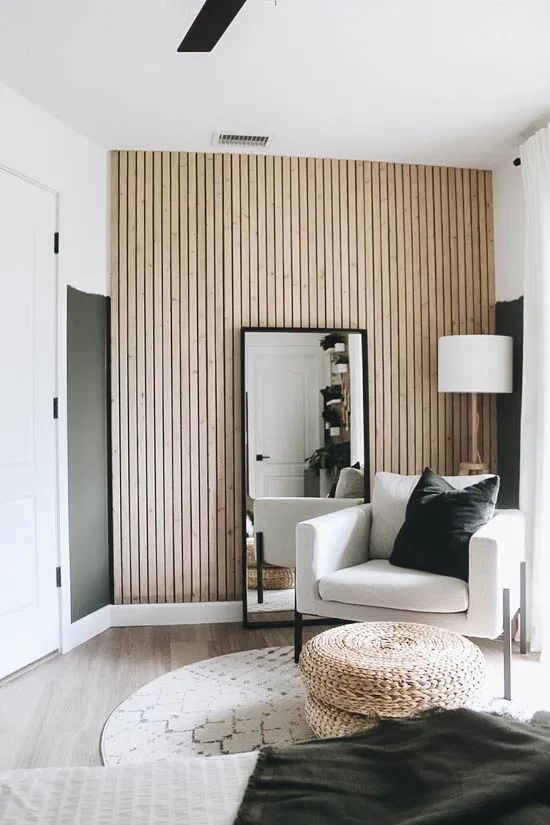
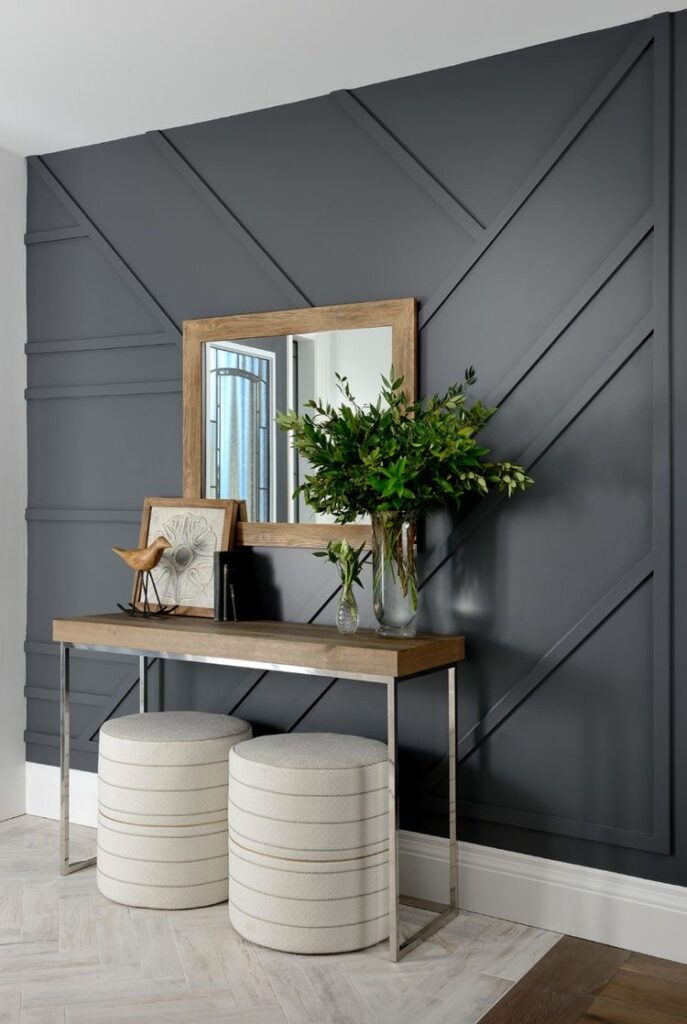
- Choose bamboo poles that are the same thickness and length. This will help to create a cohesive look.
- Mix and match different colors of bamboo poles. This will add visual interest to your wall.
- Don't be afraid to add some greenery to your bamboo wall. This will help to bring the outdoors in.
4. Rustic Wall

A rustic wall is a great way to add a touch of warmth and character to your space. To create a rustic wall, you'll need reclaimed wood, a saw, and a drill. You can also use barn wood or other types of rustic wood if you don't have access to reclaimed wood.


To get started, measure the wall where you want to hang your rustic wall and cut the wood to size. Then, drill holes in the wall and insert the wood into the holes. You can arrange the wood in any way you like, but a popular option.
